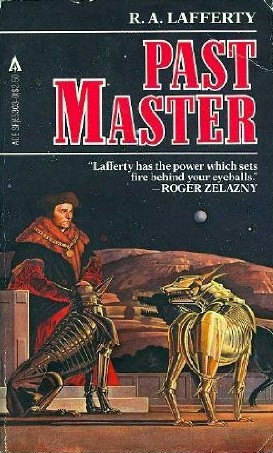In 1860, 23 year old Henry Adams accompanied his father, Charles Francis Adams, to England, where the latter was to serve as ambassador throughout the American Civil War. Charles, at the age of two, had likewise sailed with his father, John Quincy Adams, to St Petersburg as ambassador during the Napoleonic Wars, and John Quincy was eleven when he and his father, John Adams, went to France to win support for the American Revolution. Charles Francis was a Congressman, Vice Presidential candidate, and a founder of both the Free Soil and Republican parties, but was never be elected President, as his father and grandfather had been. Henry would never be elected to any office, but then, to be Henry Adams was to be more than a mere President.
The Education of Henry Adams is the legendary autobiography of the man Gore Vidal called "America's great historian, wit, dispenser of gloom." It is the story of the long nineteenth century, of the decay of the old order and the rise of the new disorder, of the rise of the US to challenge the UK for preeminence, of the replacement of the worship of the Virgin by the worship of the Dynamo, and of a man who, his own world being lost, felt himself lost in the world that replaced it.
The Centennial Version prides itself on synthesizing Adams' privately circulated edition of 1907 and the posthumously publicly published edition of 1918, bringing together the best of both versions. It would have benefited from better notes - the brief descriptions of individuals mentioned in the text do nothing to illuminate the reader on the nature of the Alabama affair or the Erie Railway scandal. The full history of such things is not necessary to understand the text, but Adams clearly expects that the reader knows what he is talking about, and it would be nice to gratify him.
 At the Water's Edge by Sara Gruen
At the Water's Edge by Sara Gruen





















